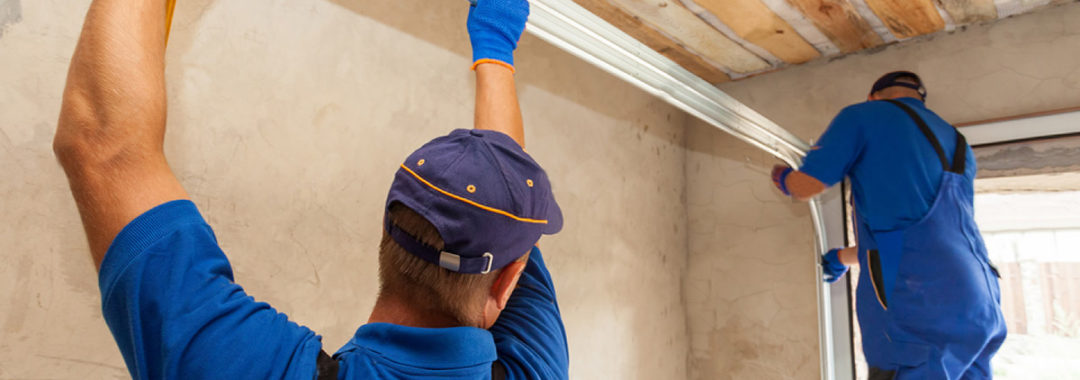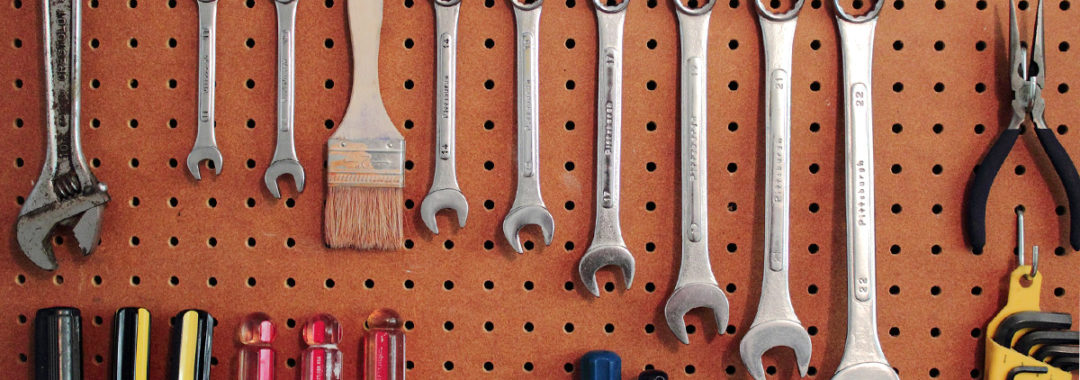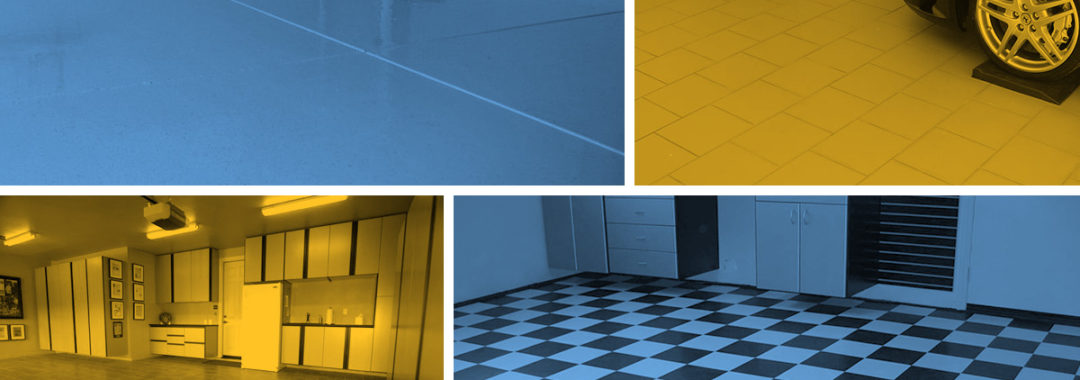How to Repair a Garage Door (and When to Call in the Experts)
Garage doors typically require maintenance and repairs every so often, but before you call in the experts, there are simple problems you can identify and resolve on your own. Ask yourself these questions to determine if your garage door problems have easy solutions:
Does the hardware need to be tightened?
A garage door opens and closes every day—sometimes multiple times a day—so it’s not unusual for the hardware to loosen over time. Examine the mounting brackets, checking for loose screws and bolts. If you identify any, use a socket wrench to tighten them back up.
Are the tracks clear?
Buildup of debris, grease or rust in the garage tracks can hinder the door’s ability to move smoothly. Use a household cleaner to remove as much of it as you can.
Is there something blocking the safety sensors?
You may think that you’re having garage door problems when really there’s just something blocking the safety sensors. If your door won’t fully close or constantly opens back up, make sure there’s nothing in the path of the safety sensors.
Is the electricity working?
One common complaint among homeowners is that their garage door opener sometimes trips the circuit breaker. Without electricity, the door won’t open or close at all, so be sure to check for this problem.
If you’ve attempted these simple fixes and your garage door still isn’t functioning properly, it’s a good idea to call in the professionals. Trying to fix more serious problems on your own can be dangerous and even lead to more expensive repairs.
At Champion Overhead Door, we’re here to assist with all your garage door maintenance and repair needs. Let us know how we can help!







